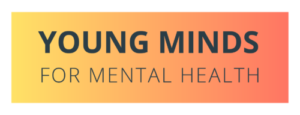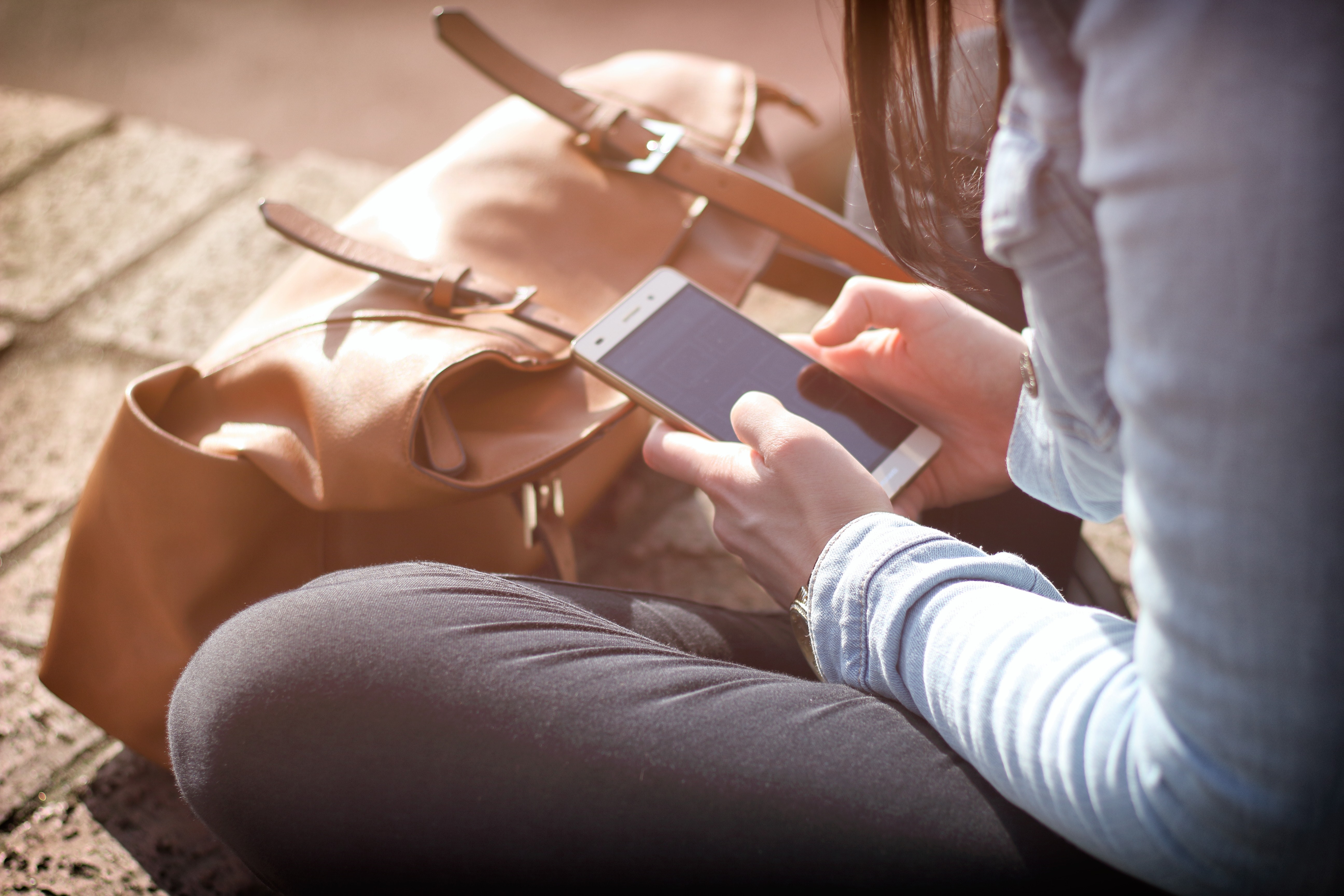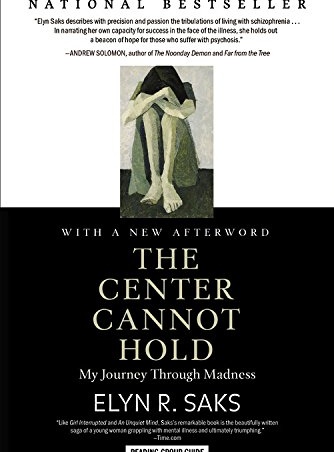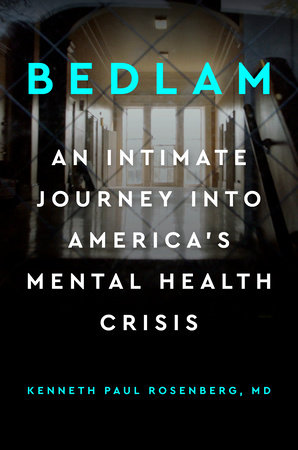Tom Insel, aka the “the Smartphone Psychiatrist” and the former director of the National Institute of Mental Health (NIMH), was dissatisfied with the failure of Psychiatry to take advantage of everyday technology to target mental illness. A long-time critic of the pharmaceutical industry, he was disappointed with the low number of treatments developed despite the investment of billions of dollars into research by the NIMH. He said, “It’s not just that we don’t know enough. The gap between what we know and what we do is unacceptable.” And so, in 2015, Insel worked with Andy Conrad of Verily, the health spin-off of Google, to see how Google can track, analyze, and organize connections between people as a way to understand and treat mental illness. Using digital culture and data to detect deteriorating minds quicker and more reliably, which in turn will lead to faster response times. Insel has become a true believer in applying smartphone technology for diagnostics, social connection, and treatment. He says, “’We’re not going to reach all those people by hiring more psychiatrists,’… but we might reach them with smartphones.”
While I am skeptical that apps can actually be all that helpful to people in distress, without the additional support and competence of mental health professionals, I do appreciate their efficiency and portability. These apps might increase access to care (which is a serious problem due to the high cost of therapy and the stigma associated with it), and they certainly can be useful for monitoring people’s mental states (a kind of emotional diary). But I doubt that artificial intelligence is so advanced that these apps can fully replace therapy. But if a mental health leader like Tom Insel believes that smartphones are the future of psychiatry, I thought I should check them out.
Youper: Youper was developed by Dr. Jose Hamilton with the idea that everyone can become the best version of themselves (Youper= You + Super). This app is an emotional health assistant that helps people take control of their emotional health by engaging the user in quick conversations and uses artificial intelligence to personalize various psychological techniques that are specific to the needs of the individual. It uses the PHQ-9, GAD-7, and SPIN, which are checklists to assess the severity of depression, anxiety, social phobia. This app uses Cognitive Behavioral Therapy (CBT), Acceptance and Commitment Therapy(ACT), and mindfulness and meditation practices. The key element of these techniques is to monitor one’s moods and thoughts (i.e. be mindful of them),thereby accepting them without necessarily acting on them. I liked the discipline of monitoring my emotional state and comparing it day by day, partly because it did facilitate and introspective or mindful process.
Super Better: Super Better was developed by game designers and backed by sciences to help users adopt new habits, develop a talent, learn a skill, as well as beat depression, overcome anxiety, and cope with chronic illness or pain. It uses a game model so that the user utilizes the skills naturally displayed when playing games, i.e.optimism, creativity, courage, determination, and apply them to real life. This app guides the user to identify his/her Epic Win, create his/her Secret Identity, recruit Allies, and choose pre-loaded experiences (PowerPacks), or create one’s own adventures. This app puts a fun twist to therapy, but sometimes there were no instructions on how to “fight” a bad guy or would provide a vague suggestion on how to feel better.
What’sUp: What’s Up is an app that uses Cognitive Behavioral Therapy (CBT)and Acceptance Commitment Therapy (ACT) skills to help the user cope with depression, anxiety, stress, etc. It utilizes a positive and negative habit tracker and has a page called “Thinking Patterns,” that educates the user on how to stop negative internal monologues. This app was helpful in keeping a journal and tracking useful exercises to which I can then refer back.
Mind Shift:Mind Shift was designed to target teens and young adults with anxiety, emphasizing the importance of altering how one thinks about anxiety. This app encourages the user to take charge in his/her life, to sit with the uncomfortable feelings and ride out the intense emotions, and to face challenging situations. Mind Shift is convenient to help users to cope with anxious symptoms in certain situations, but it is not very personalized to each unique individual.
Self-Help for Anxiety Management (SAM): SAM is a good app for those interested in self-help, and users are guided as they build their own 24-hour anxiety toolkit to track anxious thoughts and behaviors and learn 25 different self-help techniques. This app includes a “Social Cloud” so that users can connect with each other online for additional support. The community support in this app is a great feature in this app.
Other apps include: Headspace (a guided meditation and mindfulness app), Recovery Record (an app to help recovery for eating disorders and to develop a more positive body image),and MY3 (aimed at people who are depressed and suicidal, and helps users to recognize suicide warnings in others).
This is just a short list of the numerous apps that have been developed with the intention of reducing mental suffering and teaching individual show to take control over their emotional health. While we are a far cry from achieving Insel’s aspiration for smartphone psychiatry, it does appear that progress has been made, and I am excited to see how these apps continue to evolve and help users.



